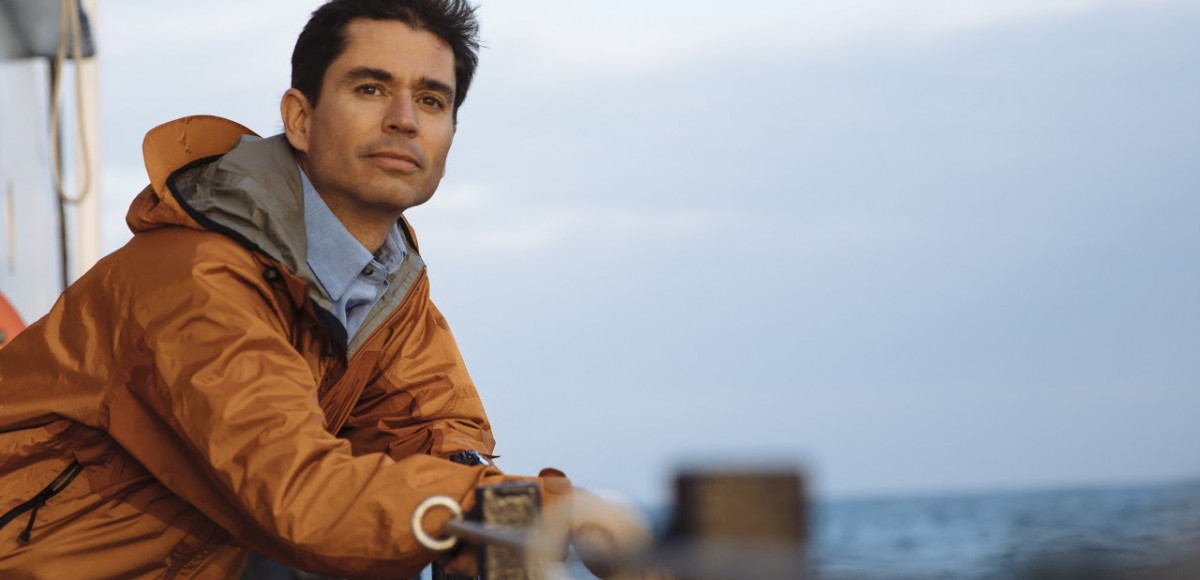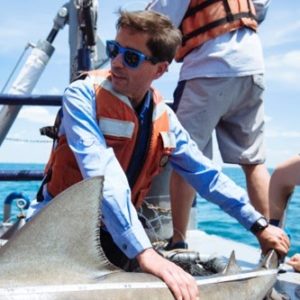This month, GCOOS Executive Director Dr. Jorge Brenner is settling in — getting to know GCOOS and its many data partners as his tenure gets off to a busy start with Hurricanes Ida and Nicholas and Gulf waters ripe for more hurricane formation and intensification in an already-busy hurricane season that is just now at its peak.
With such an extensive network throughout the Gulf of Mexico — and our fall meeting going virtual this year — it’s going to take time for Dr. Brenner to meet everyone. To help with the introductions, we asked Dr. Brenner to tell us about himself.






 and their habitats. These tools have been with me throughout my career — particularly during the past decade, when it has been almost impossible to not pay attention to the global changes taking place. Today, most people can see the impact that the changing environment is having on their lives, businesses, and for some communities, how these changes limit their capacity to rebuild their lives following recurrent catastrophic events in the Gulf of Mexico.
and their habitats. These tools have been with me throughout my career — particularly during the past decade, when it has been almost impossible to not pay attention to the global changes taking place. Today, most people can see the impact that the changing environment is having on their lives, businesses, and for some communities, how these changes limit their capacity to rebuild their lives following recurrent catastrophic events in the Gulf of Mexico.







